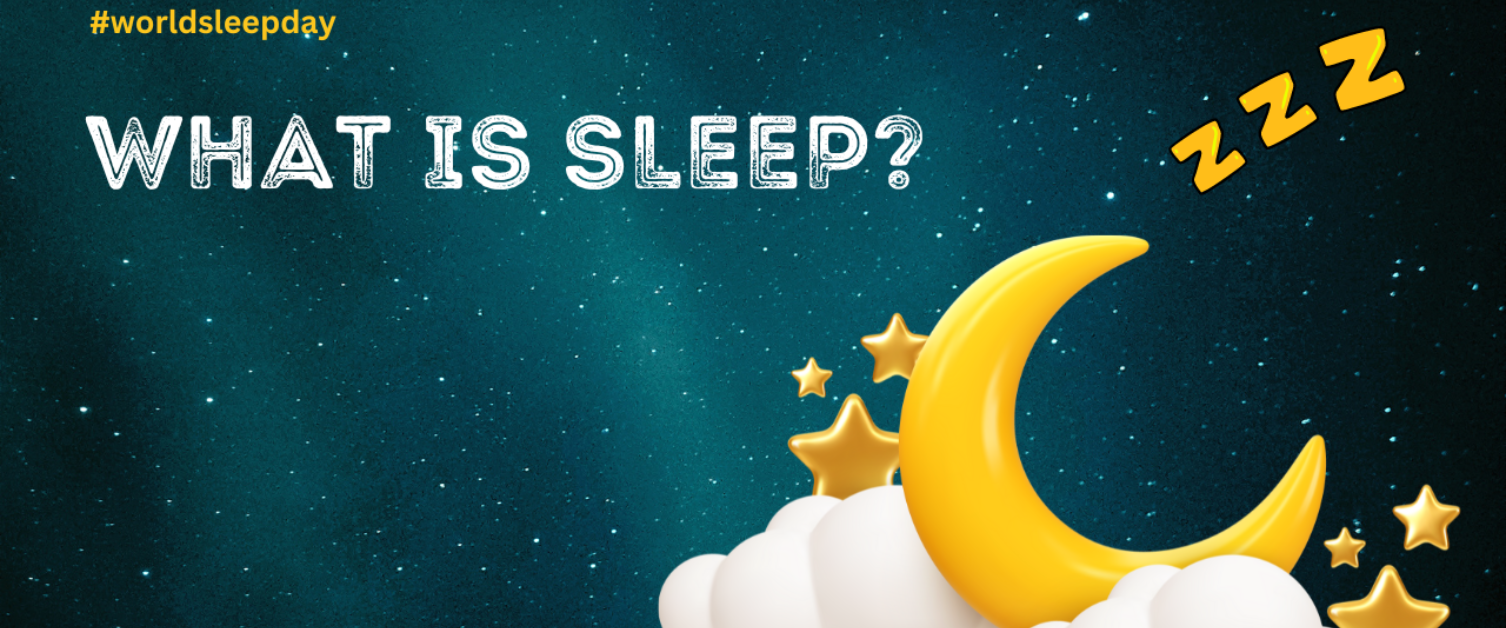What is sleep?

Sleep is rest time for the brain and, in turn the body. It is a state of altered consciousness where the activity of certain senses is reduced. It allows us to heal and refresh.
Sleep is marked by dynamic changes throughout the body. It’s made up of different phases and as you move through them, your breathing, blood pressure and body temperature all fall and rise.
Tension in your muscles mostly stays the same as when you are awake – except during the Rapid Eye Movement (REM) phases, which accounts for up to a quarter of your sleep.
To understand what it does, we need to look at what happens during the various stages. These keep changing in continuous cycles while we rest.
Each complete cycle of four stages of sleep lasts for around an hour-and-a-half and we need four of five of those cycles to wake up feeling rested and ready to attack the day.
So the more sleep we have, the more chance we have of recharging our body and mind.
Three of the four stages are Non-Rapid Eye Movement (N1, 2 and 3), followed by a stage of REM sleep. So let’s look at what they are and do for us.
- N1: This accounts for around 3-5% of sleep and is a light stage. You can be roused quite easily from this stage and you might twitch a little. You might feel like you’re falling and sometimes wake up jerkily – called a “hypnagogic jerk”. In this stage you’re heart rate and breathing will decrease and your muscles will relax.
- N2: This stage accounts for around 45-50% of your total sleep in each 90-minute cycle. Initially you’ll be in this slightly deeper sleep (although still classed as “light sleep”) for around 20 minutes but it will get gradually longer with each cycle. Your breathing and heart rate decreases further. Although we don’t know everything about this stage, we do know it boosts a part of the long term memory involved with motor skills. Any disruption to this stage of sleep might affect your ability to recall certain actions or impact on you committing a newly learned skill to memory.
- N3: This is the deepest stage of sleep and is also known as slow-wave sleep (SWS). Your heart rate and breathing slows to its lowest point and it can be hard to wake someone up from this stage of the cycle. In simple terms, this is the sleep stage where the body repairs itself and carries out most of its maintenance tasks. Your immune system is strengthened, bones grow, tissues and muscles are repaired. Because it is so vital for memory and learning, children have more of this type of sleep than adults. With each complete cycle of sleep, the N3 stage gets shorter and the REM gets longer. So, most of your deep sleep takes place during the first third of your night’s sleep.
- REM: This is the stage of sleep where we encounter most of our story-like, more complex dreams (you can dream in any stage of sleep) and it accounts for around a quarter of your nightly rest. Brain activity is similar to being awake and your heart and breathing rates increase. Your first period of REM sleep could last as little as 10 minutes before you go back into N1 sleep but it gets longer with each cycle. It is called Rapid Eye Movement sleep because your ocular muscles are not paralysed in this stage and you can often see people’s eyes moving behind their closed eyelids. There is no conclusive proof as to what REM sleep does for us but it is thought it may help us form and link emotional memories. One theory is it’s important for our mental health and this link to emotional memories may help regulate how we feel. However, scientists accept they have a lot more to learn about REM sleep.
Circadian rhythms
This is another word for our body clock. It will trigger us to be up and alert in the early morning, if we’ve had enough good quality sleep.
After around 15 hours of being awake, it will pressure us to go to sleep. It is a constant 24-hour cycle which regulates the processes within our bodies.
When darkness falls it triggers the sleep hormone Melatonin, which makes us feel sleepy. Listening to our body clock and sleeping at the appropriate time allows us to rest and recuperate properly. Interrupting those cycles messes with the body’s in-house repair processes.
This is something shift workers often encounter and various studies have linked extended periods of nightshift working to higher risks of health problems, such as diabetes and heart attacks.